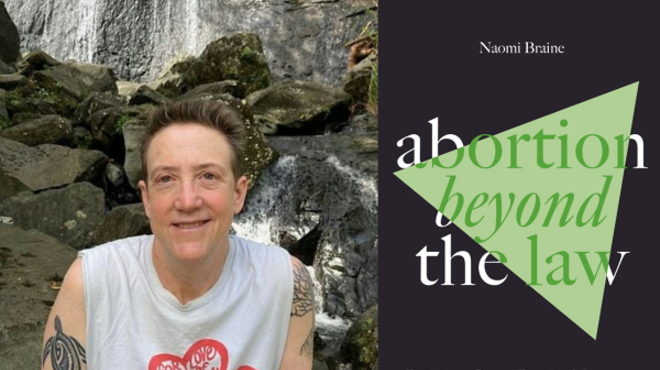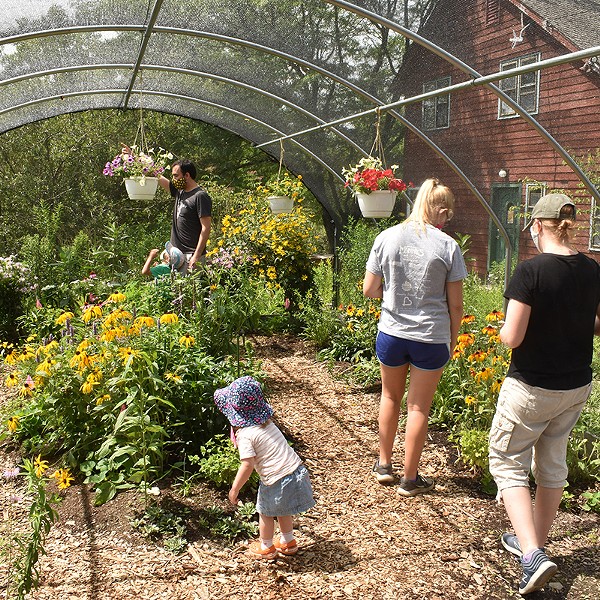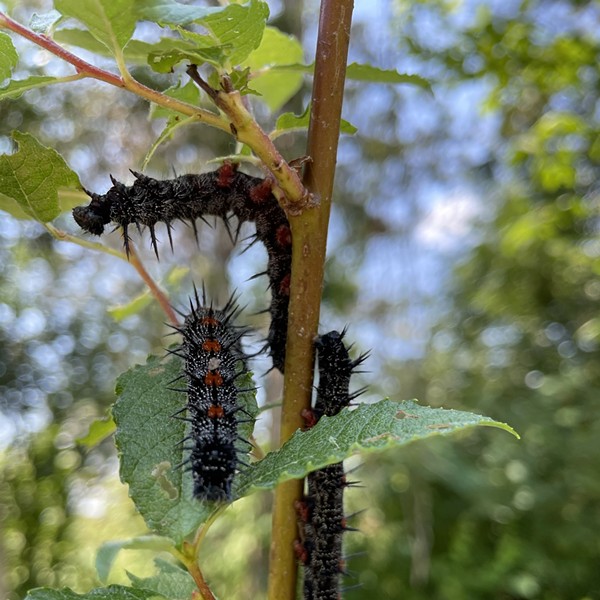The 2,000 acres of IES was originally the Cary Arboretum, a collection of 14 farms purchased by Standard Oil heiress Mary Flagler Cary and her husband, Melbert in the 1930s. The ensuing estate was left in trust in 1967 and bestowed to the custodial care of the New York Botanical Gardens in 1971. Recognizing its potential, the organization proposed establishing an ecology center on the site and began an international search for an appropriate scientist to head it.
Dr. Gene Likens, known for connecting the relationship between fossil fuel combustion with the concentration of sulfuric and nitric acid in precipitation, leading to the identification of acid rain in North America, was hired to direct the institute, in 1983. (IES still gets 44 percent of its funding from the Mary Flagler Cary Durable Trust; the other 55 percent comes from research and federal grants and private philanthropic gifts.) As its name suggests, IES research comprises an ecosystem approach. Initiated by Likens, IES’s 20 resident and visiting scientists look at the sources and fates of things as they interrelate in the environment, focusing, too, on human impacts within the larger interaction web.
THE MAPLE AS CLIMATE MARKER
In fact, the Hudson Valley is facing an imminent extinction. Staying true to its mission to share its analysis, IES regularly hosts international visiting researchers who, as part of their tenure, lead Friday slide lectures, which are open to the public. This past June a visiting researcher and naturalist with the Wildlife Conservation Society, Jerry Jenkins, walked a group of Tupperware-toting scientists and laypersons through his research on the impacts of climate change in the Adirondacks. He outlined the ways in which plants and animals respond to changes in climate, first exhibiting increases and decreases in abundance and timing. Then, mobile southern species move north. “And maybe the last thing is that northern species start to go extinct,” Jenkins says. One of the issues all the scientists at IES are concerned about is the expected loss of maple trees due to climate change.
It was Mary Flagler Cary who first took a special interest in the maple trees on her property. Maples are an abundant species in the Hudson Valley at present, but the trees are finicky about climatic conditions and vulnerable to insect onslaughts. Die-back occurred in the southern ranges in the 1990s when acid rain decreased soil fertility, summer droughts produced strain, and then, once they were stressed, maples were vulnerable to insect attack. Insects were what John Broekema of Sugarbrook Maple Farm in Kerhonkson noticed. The forest tent caterpillars have been defoliating his maples for the past three years, as part of their natural population cycle, along with the gypsy moth and fall canker worm. But he said what’s really doing them in is the weather. “We don’t have any normal weather anymore,” Broekema says. “We either have drought or tons of rain; warm weather or really cold. We’re getting extremes. And that’s really affected maple syrup production.” According to the “Indicators of Climate Change in the Northeast” report of 2005 published by Clean Air-Cool Planet and Cameron P. Wake of the Climate Change Research Center at the University of New Hampshire, this type of weather scenario is just what the scientific models have been predicting: “Climate change models suggest that a warming planet will likely experience increasing storm intensity and frequency.”
The ideal weather for maple sugaring has been the middle of February, when 40-degree days couple with mildly freezing nights. That fluctuation would bring on sap runs until the end of March. Some departures from that scenario could be tolerated, but once it gets above 50 degrees, the sap holes start to dry up, and the trees start to bud. “When the trees bud, the sap’s not fit for making maple syrup anymore,” Broekema says. With the unpredictability of the weather in recent years, Broekema’s had to tap the trees a week early, around February 7, to insure a productive sap run.
















